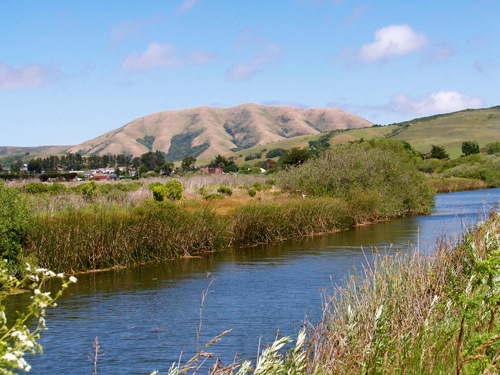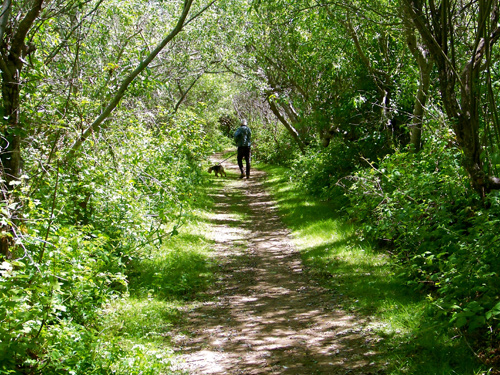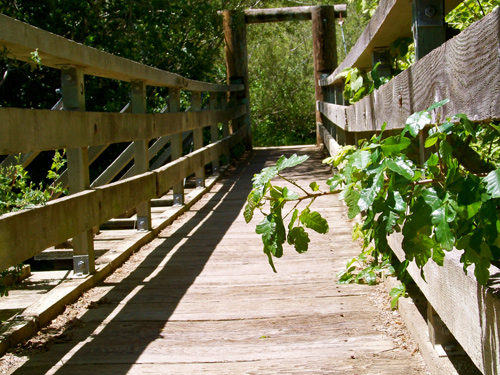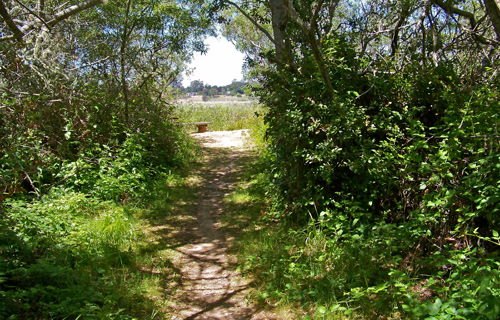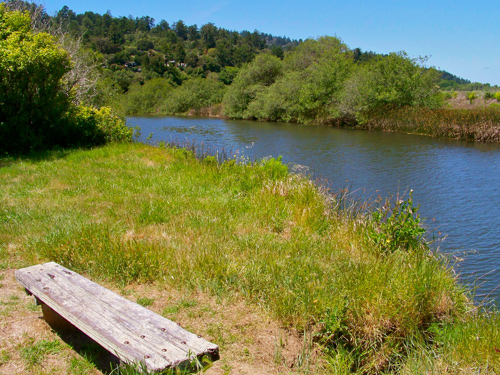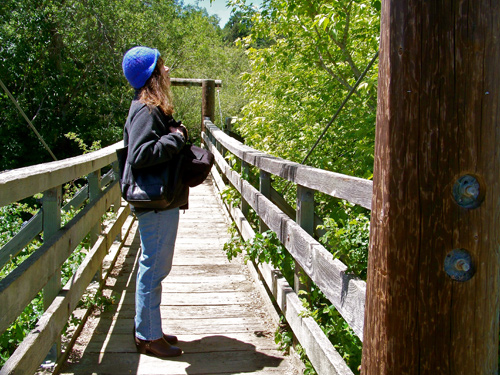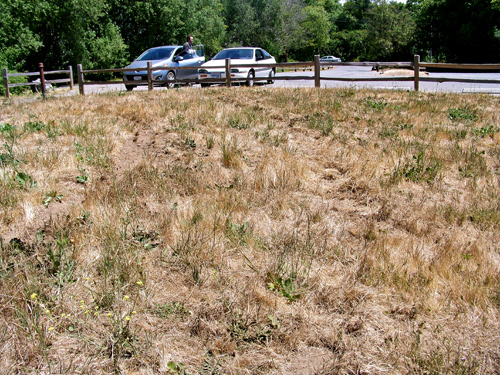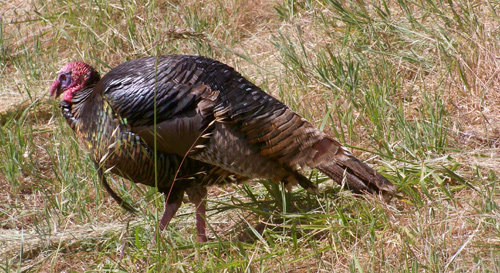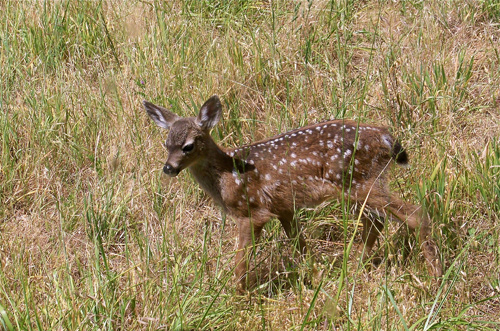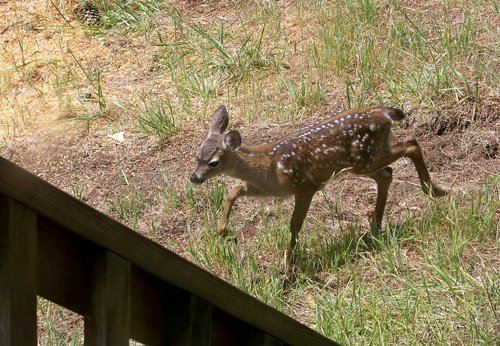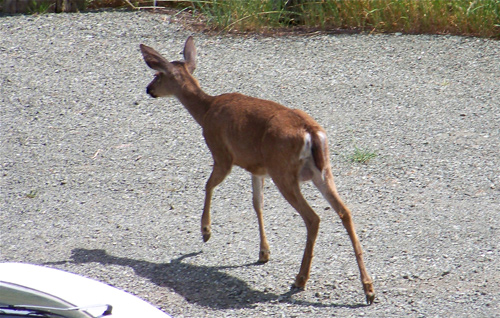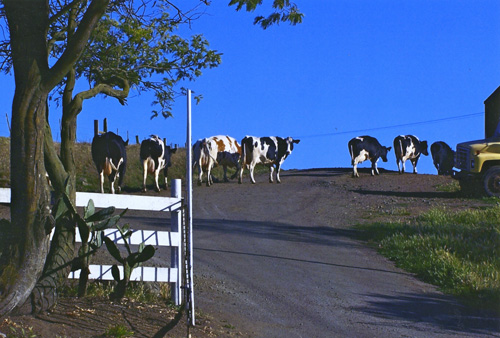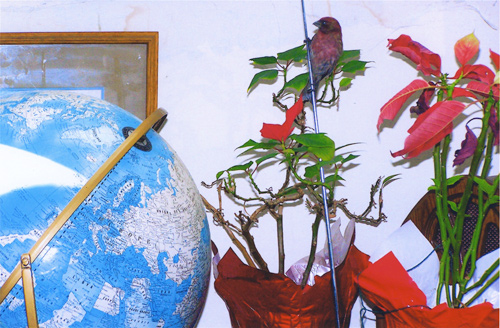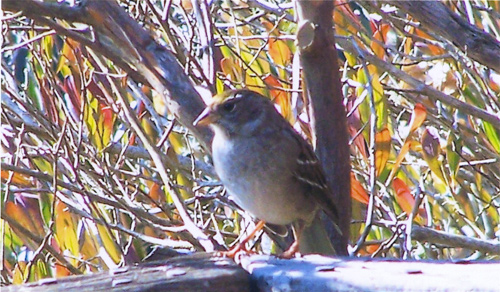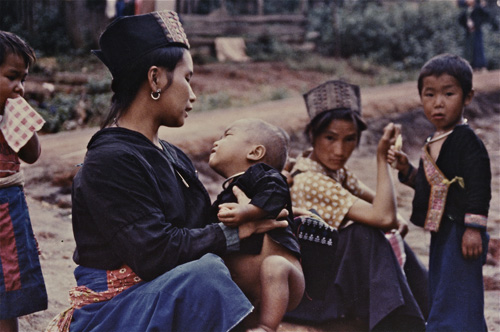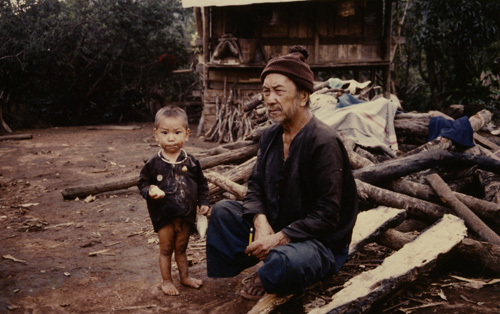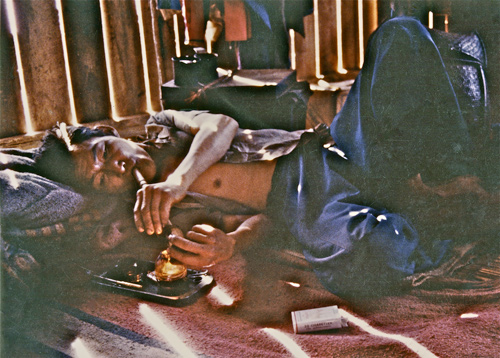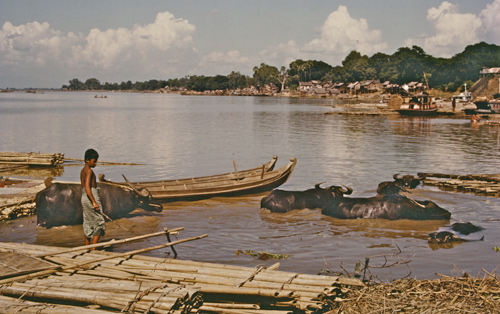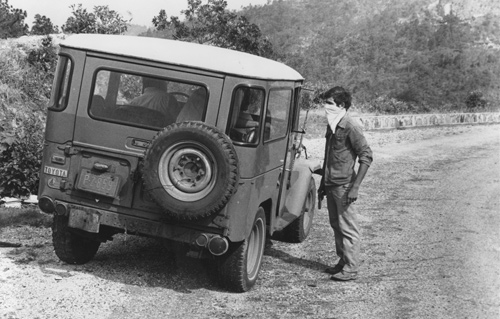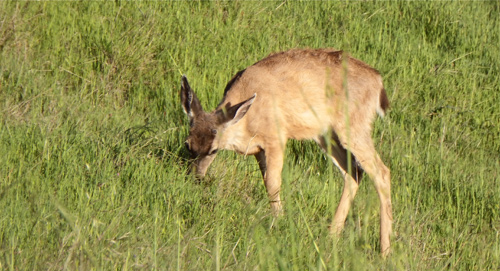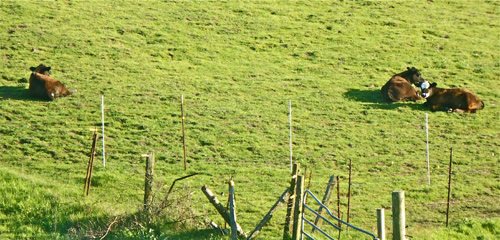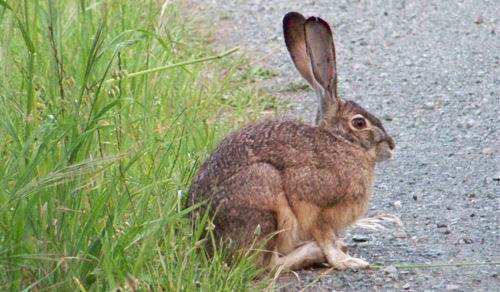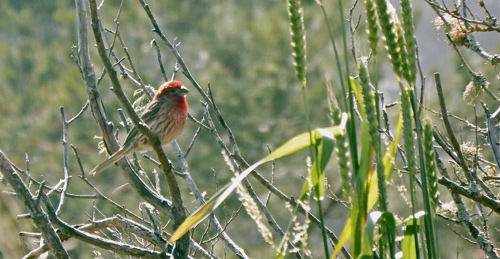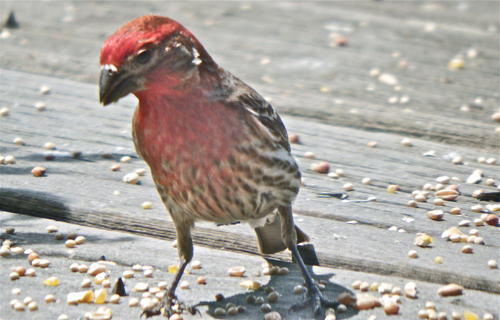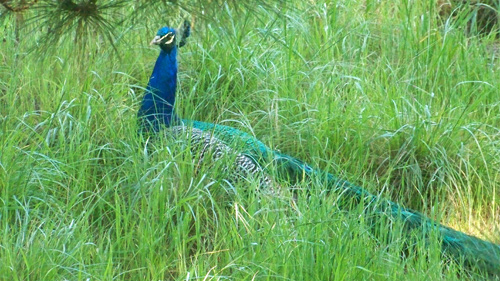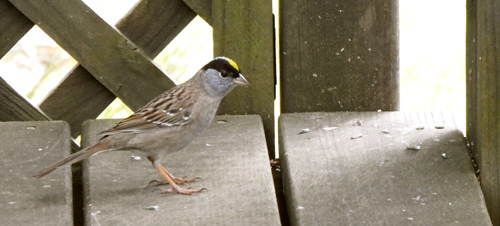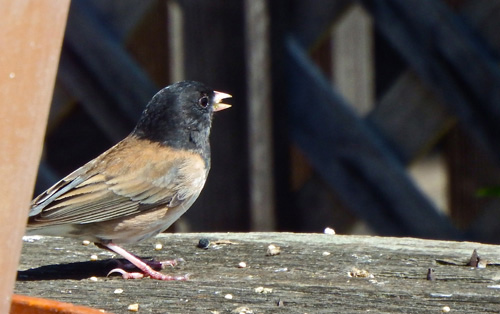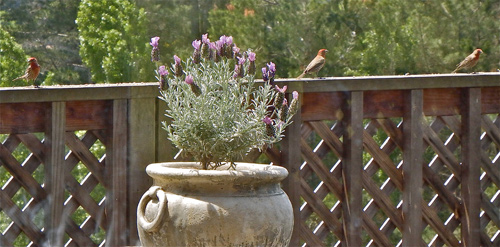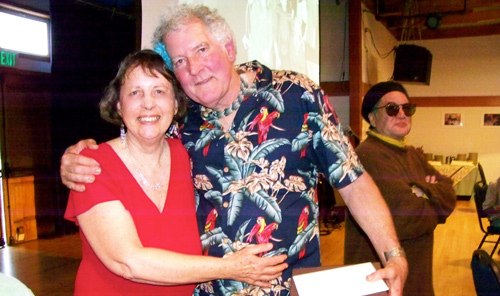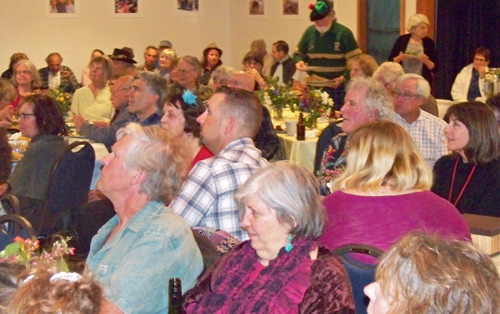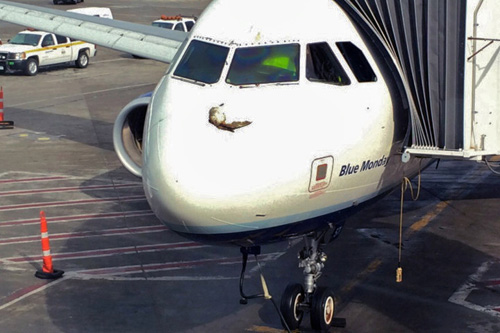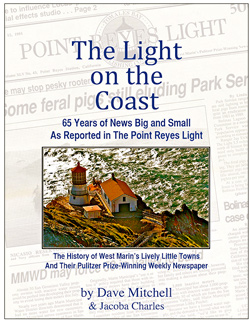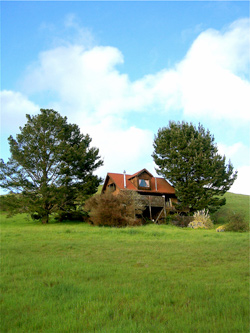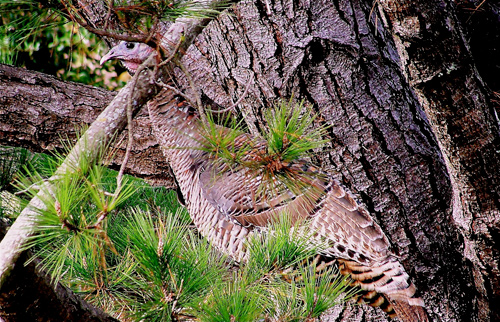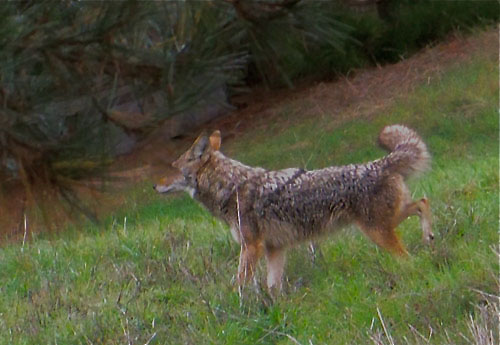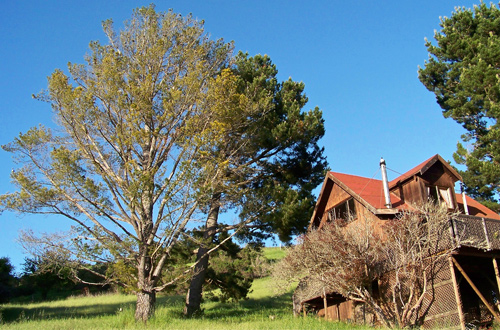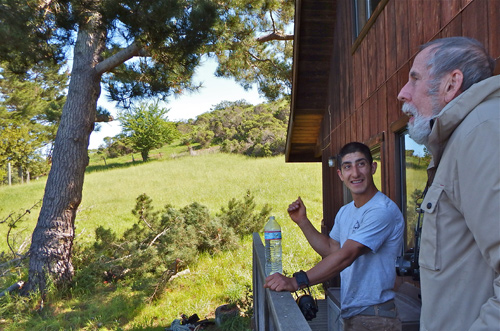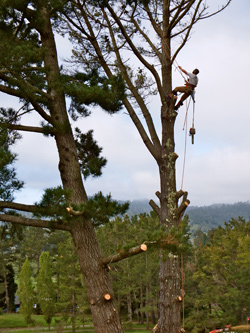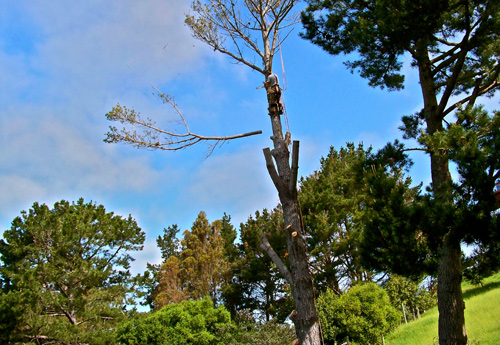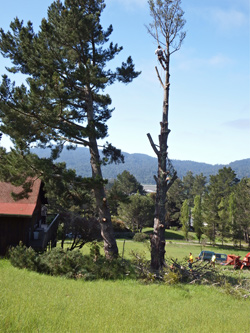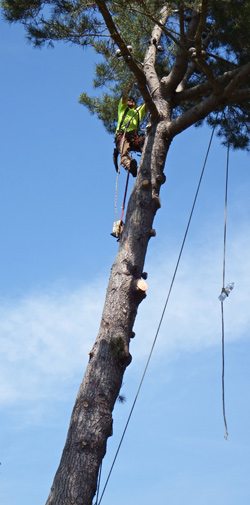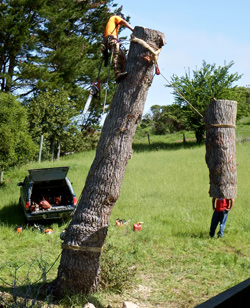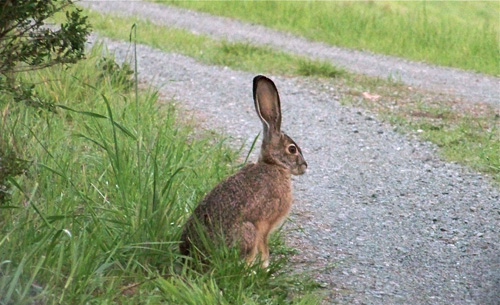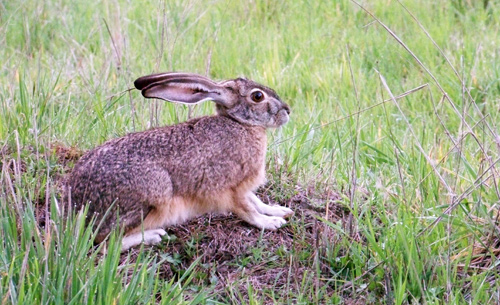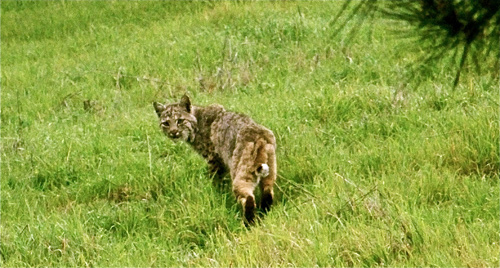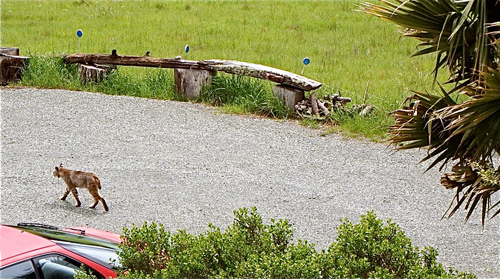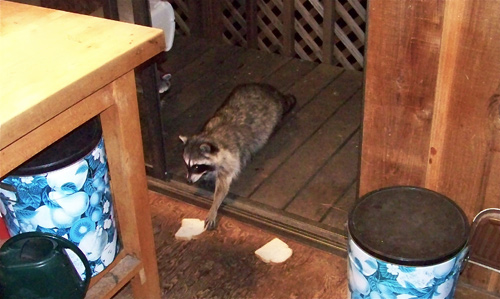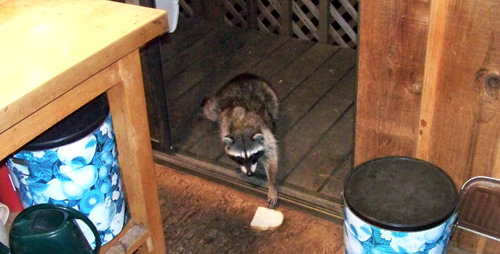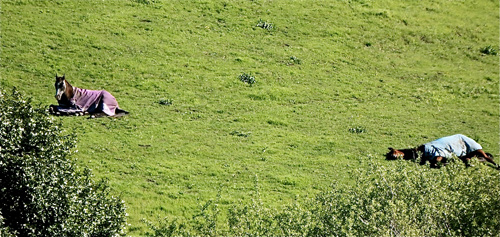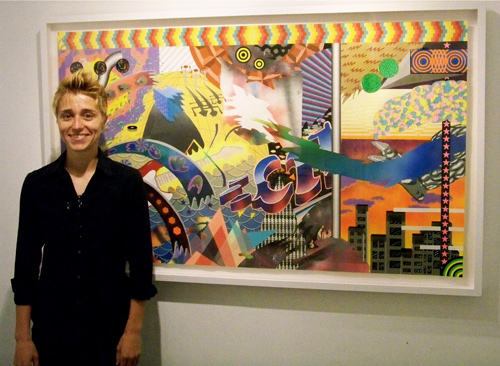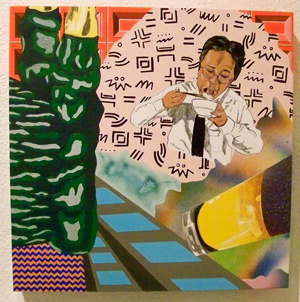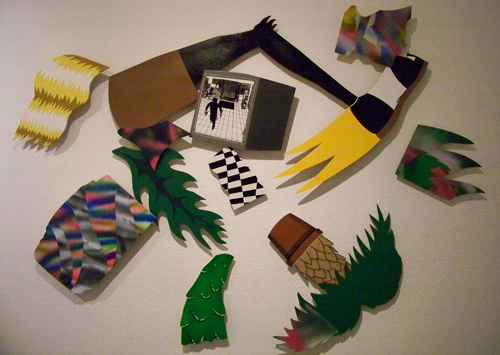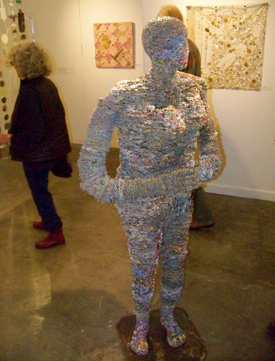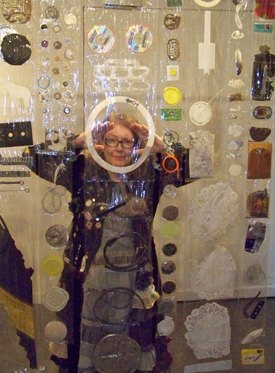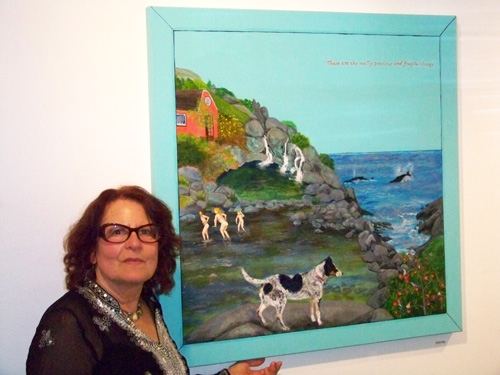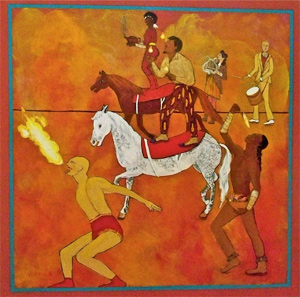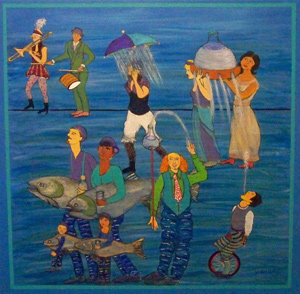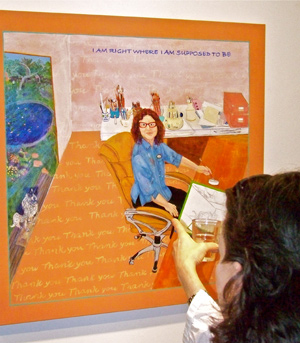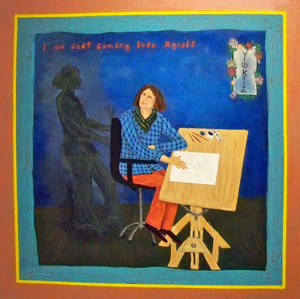White House Pool, which is maintained by the County of Marin, is my favorite park in West Marin. The park, which is midway between Point Reyes Station and Inverness Park, includes a few picnic tables and open areas, but mostly it consists of a beautiful trail along Papermill Creek. The “pool” is basically a wide bend in the creek.
Point Reyes Station and Black Mountain as seen from White House Pool.
Here’s its story. A “fast-talking” developer named Isaac Freeman “began hawking lots in 1909” in a tract that was to become Inverness Park, to quote the late historian Jack Mason. “White House Pool, just south of the Park, was a watering place where Freeman had bathhouses, water tank, windmill, and tract office.”
The path through the park has become popular with dog walkers, most of whom responsibly bag their pooches’ poop.
The name “White House” has nothing to do with the US capital. Rather it refers to a white building that at different times played significant roles in the area’s history. It was “one of the oldest houses on Point Reyes,” Mason wrote in Earthquake Bay. “Edward I. Butler [1874-1961] lived in it as a boy before going on to a career on the bench and in politics.”
Butler would become the San Rafael city attorney; would serve two terms in the California Assembly; would go on to be elected Marin County district attorney; was appointed and then repeatedly reelected to the Marin Superior Court bench, serving 31 years. All this according to the County of Marin website.
One of the county’s greatest challenges in maintaining the park is controlling its abundant poison oak. Pacific poison oak is naturally rampant throughout West Marin, and unfortunately most humans have allergic reactions to touching its oil and to inhaling its smoke during fires. Common reactions are rashes, blisters, and intense itching.
“World War II gave the [white] house new importance as an Army communications center. Telephone Company employee Earl Hall, who rented it, took calls incoming from the Pacific Theater on his telephone, one of the few around,” Mason wrote. “His wife Avis recalls messages from the big White House coming through her little one!
“A soldier with fixed bayonet stood outside searching cars for possible Japanese infiltrators.”
The pedestrian bridge near the White House Pool parking lot at times is so overgrown with poison oak that it takes care not to brush against it.
After the war, the building evolved into a lightly used fishing cabin. “When the white house… fell into disrepair, owners William and Lloyd Gadner, reacting to a county order they either bring it up to ‘code’ or demolish it, chose the latter,” Mason wrote. “I have rueful memories of that 1969 morning, holding off Walter Kantala’s bulldozer while I hurried home for a camera.”
Among the delights of the White House Pool trail are a series of side-paths through more poison oak mixed in with other foliage. (You can avoid the bad stuff if you’re at all careful, and it’s worth the effort.) These paths lead to clearings on the creek bank where a walker can rest on a bench while enjoying views of the foot of Tomales Bay.
For those wanting to keep further away from any poison oak, there are also a few benches in open areas.
As Lynn observes, Marin County Parks and Open Space Department periodically cuts back the poison oak that protrudes through the railing of the White House Pool footbridge. A member of the department staff on Monday told us the frequency of cutting depends on what staff observe and what the public reports to the county.
On Monday, however, the staffer’s main concern was not poison oak but a vandal who over the weekend managed to drive around the barricades at the edge of the parking lot in order to “spin donuts” in dry grass. I doubt the jerk will ever be identified, but if he is, he ought to be sentenced to clearing poison oak at White House Pool.

